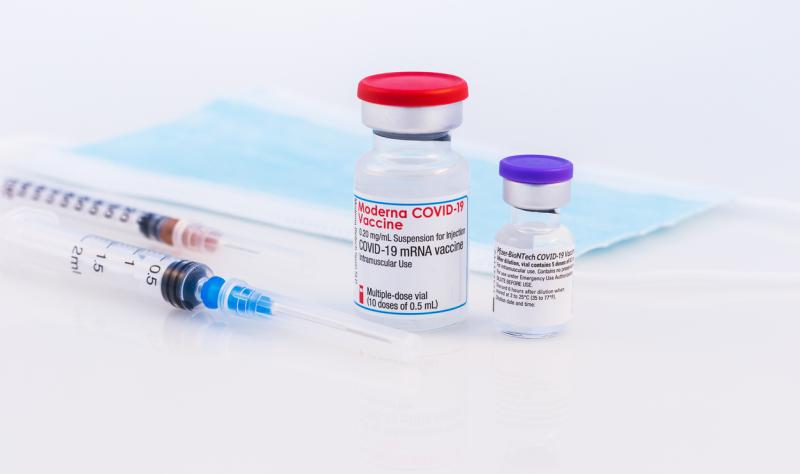US COVID activity gains more steam
The CDC projects that COVID infections are growing or likely growing in most states.


US adults with long COVID had higher rates of additional hospitalization in the 6 months after acute infection compared with those who had SARS-CoV-2 infections but not long COVID, researchers reported last month in PLOS One.
The study, led by researchers with Rush University Medical Center and Yale School of Medicine, was a secondary analysis of a prospective multicenter study of US adults who had a confirmed COVID-19 infection, completed 3-month post-infection surveys, and had electronic health record data for at least 180 days pre- and post-index testing. Patients were labeled as having long COVID (LC) if they had three or more post-infectious symptoms at 3 months, while those with fewer than 3 symptoms were labeled non-LC.
The primary aim of the study was to compare healthcare utilization patterns between the LC and non-LC groups in the pre- and post-index periods. Healthcare encounters were categorized into six categories: inpatient hospitalization, emergency departments visit, office visit, procedure, telehealth visit, and other.
“Our understanding of how persistent post-infectious symptoms influence healthcare usage remains incomplete, particularly regarding the frequency and duration of different healthcare services,” the study authors wrote.
Nearly 3-fold increased risk of additional hospitalization
A total of 847 participants (median age, 40; 64% female) met the inclusion criteria, with 179 in the LC group and 668 in the non-LC group. Among both groups, there was an overall increase in visit numbers in all six visit categories in the post-index period compared with the pre-index period, particularly for office and telehealth visits.
When compared with the non-LC group, the LC group was less likely to have ED visits (odds ratio [OR], 0.1; 95% confidence interval [CI], 0.0 to 0.5). However, among those with LC who had at least one hospitalization in the pre-index period, they were nearly three times as likely to have additional hospitalizations (OR, 2.6; 95% CI, 1.5 to 4.6) compared with the non-LC group.
“From a public health lens, it is important to consider the potential for repeat hospitalizations in this cohort and allocate more outpatient resources and support systems to reduce the need for inpatient admissions,” the authors concluded.



